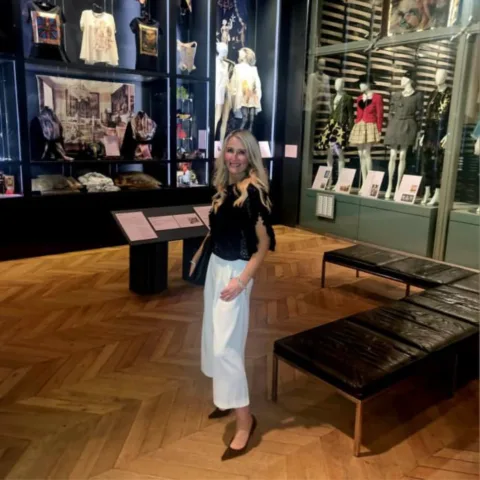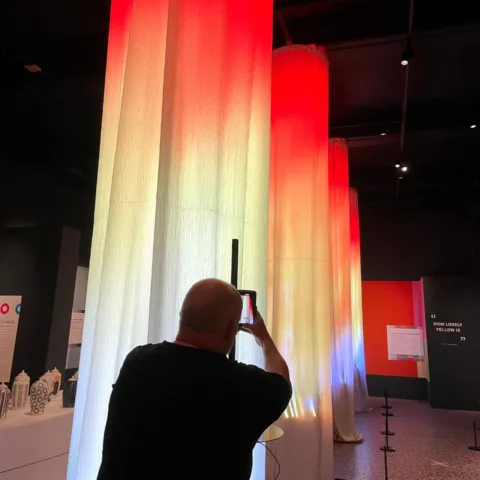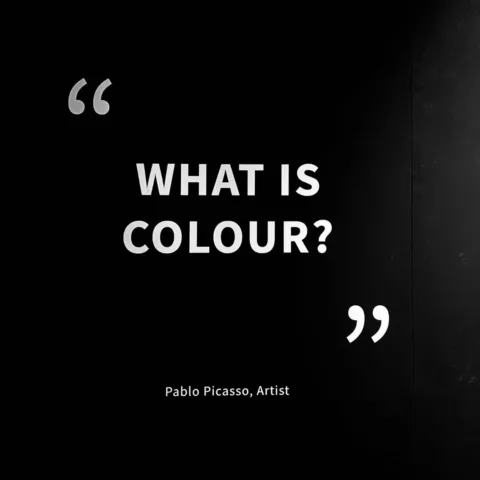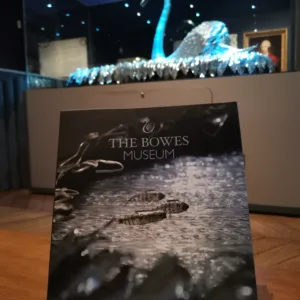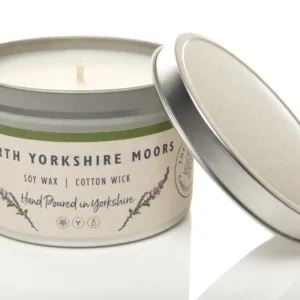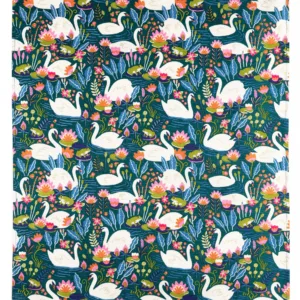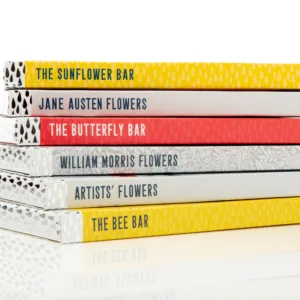The Bowes Museum Blog

Pre-Raphaelite Knights in Shining Armour
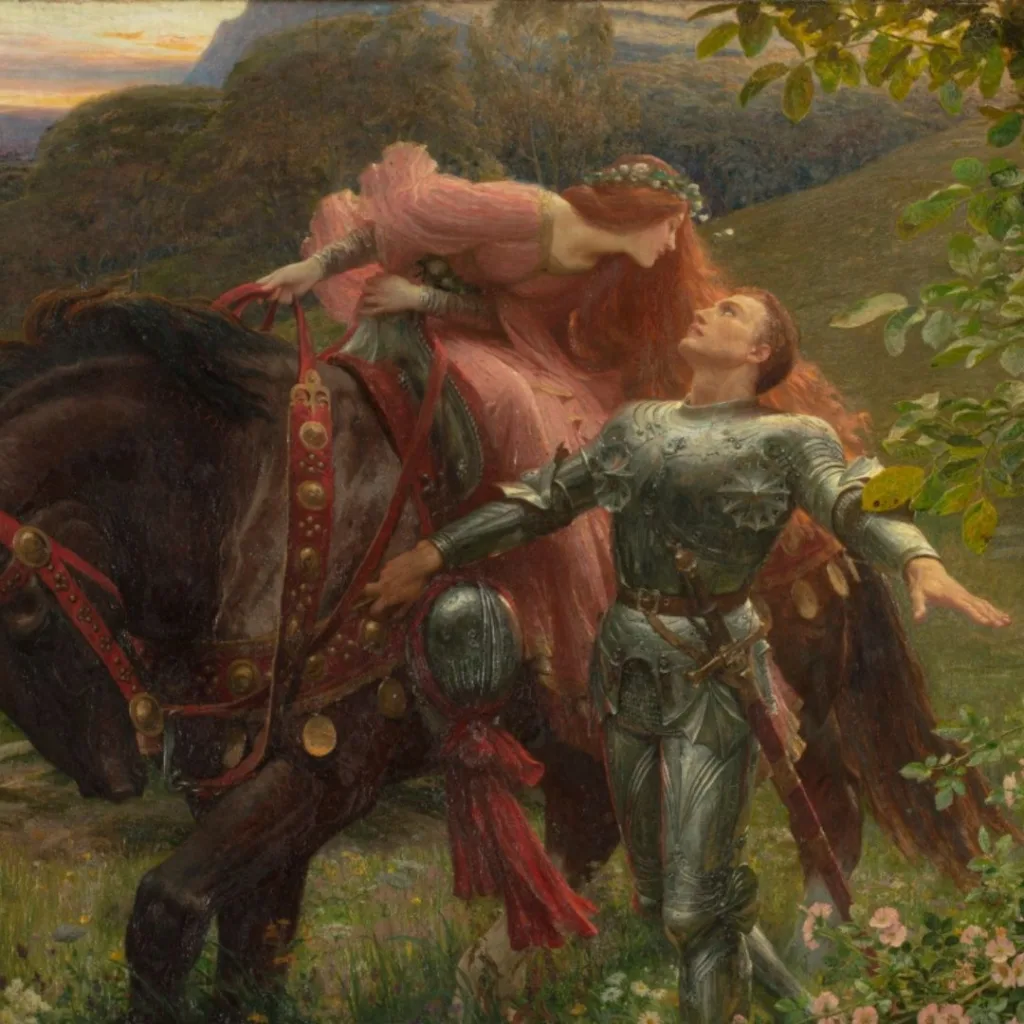
What should a medieval or mythical knight look like? In the days when suits of armour were already relics of a different era of warfare, why would you need to capture them in art any longer? Where is the continuing relevance? Why the enduring attraction?
Real and Imagined Knights
The legends of the brave and true knights of King Arthur’s court at Camelot are tinged with a melancholy impossibility. They perform superhuman feats of courage, keep their promises in the face of death and defend the lady in distress even at great risk.
However, the origin of the courtly codes of conduct that arose in the medieval period actually developed partly from a more practical reason: money. From the 11th century, it became customary to capture noble or royal enemies on the battlefield alive. They could then be ransomed to great advantage. The system only worked if the captured knight promised not to try to escape or to avoid paying his ransom, and if the victorious knight promised to keep him well when he was in his power. Both sides had to trust the word of the other. This led to a system of honour in which fearless fighting, timely mercy and unbroken promises were crucial. The political mythology of chivalry grew from here.
As the role of the nobility became less important with migration to cities and where pitched battle was fought more by cannon and firepower, than on horseback between individuals, the knight and the values he represented became less relevant. By the 16th century, knights in armour were more likely to be seen in training or recreation such as jousting or tournaments, than as the foremost war machine on the battlefield.
The Pre-Raphaelite Brotherhood, active from the mid-19th century, were concerned with representing images, events and stories from their imagined recreation of the medieval period. One of their number, Sir Francis Bernard Dicksee (1853-1928), was faithful to this artistic philosophy throughout his career. Like other Pre-Raphaelites, Dicksee rejected what he saw as the dilution of the ideals of chivalry and honour that had taken place over the intervening centuries. Instead, he subscribed to an ethos he took from what the Pre-Raphaelites identified as medieval values: telling the old legends, keeping art pure and simple, praising chivalry and depicting strict moral codes of honour. He faithfully and painstakingly recreated scenes from history and mythology. This included realistic depictions of knights in armour. This is commonplace in many work by his Pre-Raphaelite contemporaries, such as Henry Holiday, Sir John Everett Millais, and Dante Gabriel Rossetti, many of which are seen in the exhibition at The Bowes Museum, Pre-Raphaelite Knights: Reinventing the Medieval World.
Capturing the Armour on Canvas
Two of Sir Francis Bernard Dicksee’s paintings show a knight in the same full suit of plate armour. Fortuitously, Tobias Capwell, Curator of Arms and Armour at the Wallace Collection, was able to identify the exact suit Dicksee used as a model for these paintings, tracking it to a late 15th century German example now held in the Detroit Institute of Arts.
La Belle Dame Sans Merci (1901)
We have been extremely lucky to have Dicksee’s astonishing La Belle Dame Sans Merci as part of our Pre-Raphaelite Knights: Reinventing the Medieval World exhibition at The Bowes Museum. It is one of the most well-known and iconic images of the Pre-Raphaelite movement. The title refers to the Beautiful Lady without Pity and it draws on a ballad by John Keats about a knight who encounters a fairy lover. She bewitches him but then leaves him trapped and without hope. Keats in turn was tapping into a long tradition of late-medieval poetry about how a lady and a knight should behave when he was in love with her, which generated a huge number of debate poems sympathising with the unrequited lover or the lady in fairly equal measure.
Following Keats’ lead, Dicksee painted the fairy lady on the knight’s own horse, where the knight himself has placed her. She entrances him yet remains aggressively in control of her powers of attraction. This is reflected in the way the knight is on foot, in full plate armour, but without his helmet or gauntlets.
The armour is almost as intricate and complicated as a human skeleton. It is made of overlapping articulated joints to make sections to cover each part of the head, torso, or limb. Each one is perfectly tailored to allow movement whilst defending the knight’s skin and vital organs. Given how complex it is, we can also see how difficult the armour must have been to paint. Dicksee presents not just the realistic human form but also the intricacies of the armour shell, the sheen of the metal and the play of light reflected from it. There is a contrast between the smooth, sharp, cold, metal textures and the soft, warm, live, gauzy quality of the lady, the horse, and the landscape itself.
The Two Crowns (1900)
Sir Francis Bernard Dicksee also painted this harness of armour in The Two Crowns. Here, a medieval prince wearing a gilded version of this same suit, contemplates Jesus Christ on the cross wearing a crown of thorns. The sharpness and precious nature of the armour takes centre stage, drawing the eye straight to the glamour of the metallic sheen and earthly glory the prince represents. The contrast here is not with the luxuriant and dangerous lady but the stark message of Christ’s suffering and ultimate power.
It was clearly important to Dicksee to get his details correct. The Tate holds a study by him made in preparation for The Two Crowns. The lines of the decorative fluted parts of the armour stand out, needle-sharp. Here was an artist desperate to paint armour in a way that was so lifelike that the viewer would almost feel the metal on their own skin.
Thanks to the Arms and Armour Heritage Trust, The Bowes Museum has a set of replica armour similar to that used by Dicksee as a model. As soon as we can, we will be offering workshops exploring it, and recreating some of Dicksee’s work. Why not have a go at sketching or painting armour yourself, and share it with us on social media tagging in @thebowesmuseum? We would love to see your results.
Beyond Dicksee
Many of the other works in Pre-Raphaelite Knights: Reinventing the Medieval World also show knights wearing or using armour.
Saints in armour take their defence of the Christian faith literally, such as Saint George fighting dragons that represent sin. Dante Gabriel Rossetti shows George fresh from defeating the dragon, in chainmail. He has removed his helmet and is now using it as a basin to wash his injured hand. His armour here works not just to protect him but also to purify the stains of battle.

Dante Gabriel Rossetti, c. Tate Gallery
Purity in battle is also a concern in another work by Rossetti, The Chapel Before the Lists. Here, the lady is putting the armour on the knight herself after he has spent a night in the chapel. The vigil puts him in the correct spiritual attitude for the dangerous work of the tournament on the following day. It was thought that the help of his lady in this act of personal service, through her own chaste honour, would be the best way of cleansing and readying your soul for the fighting ahead.
Armour: Only as Strong as the Knight Inside?
Armour returns again and again in the art of the Pre-Raphaelites. It shows strength, splendour and magnificence. It reminds us both of the power of the subject of the piece and of the power of the artist in depicting such a difficult and complex object in all its intricacy. It recreates the lost world of the medieval knight in granular detail. Such a show of power can be threatening.
However, sometimes the painters also use it to ask questions about what this power really means. Some of the knights lack the power that their armour would imply. They bow down before holy objects; they deliberately show weakness. In La Belle Dame Sans Merci, the armour only highlights how vulnerable and weak the knight is in the face of nature and love. Like any weapon, it is only as strong as the person who wields it. The Pre-Raphaelites seem to be suggesting that other forces, such as God, or desire, are still far stronger.
Blog by: Sarah Dellar, Education Coordinator at The Bowes Museum






